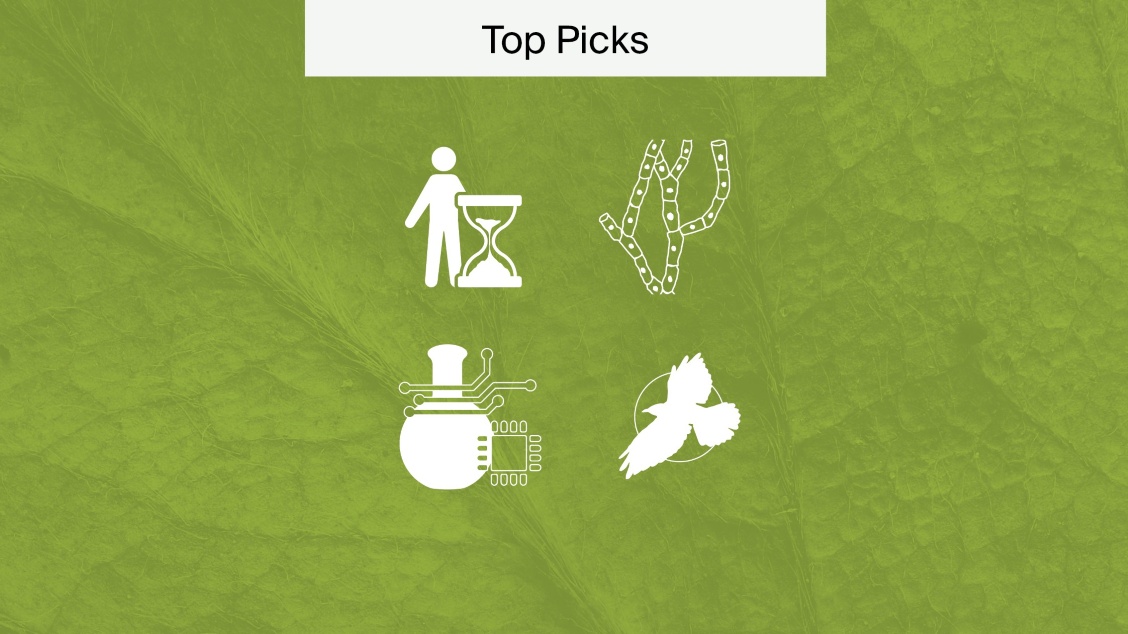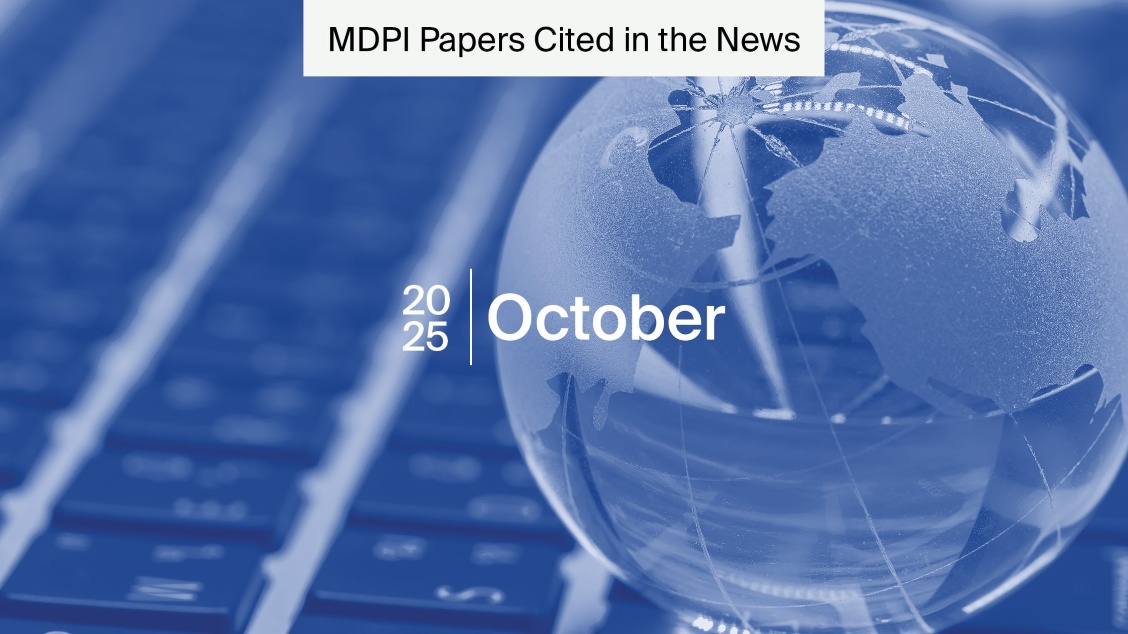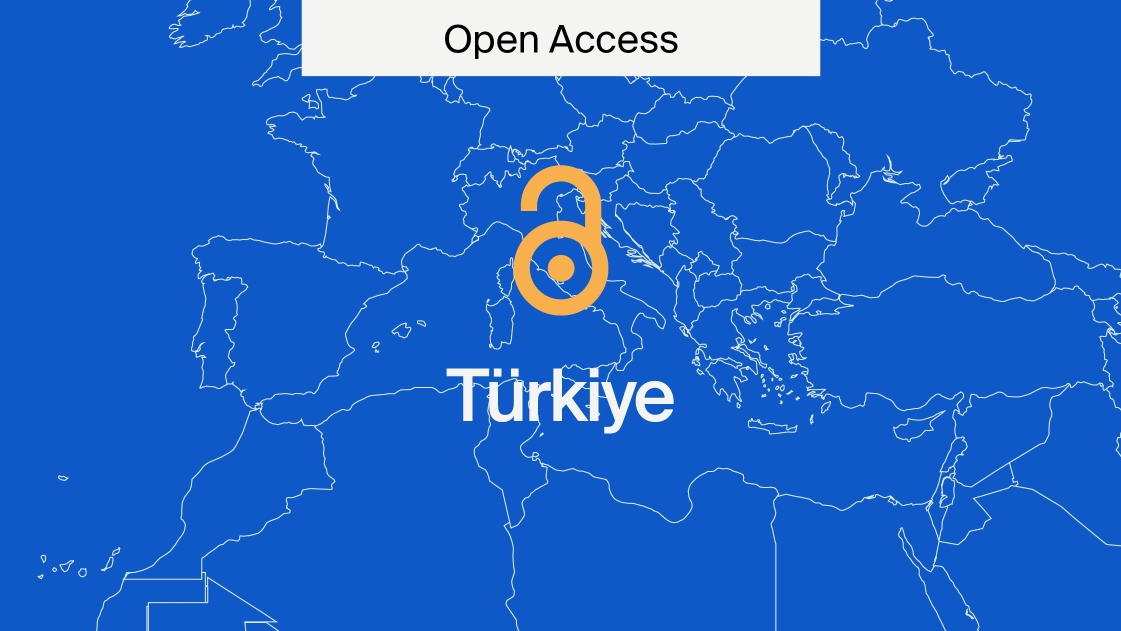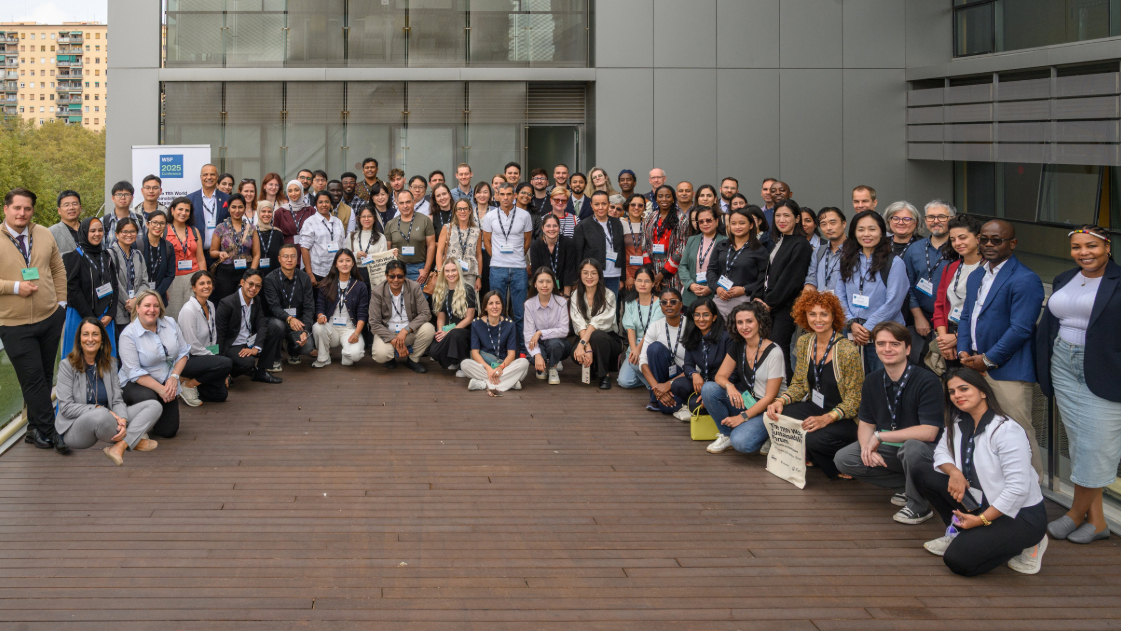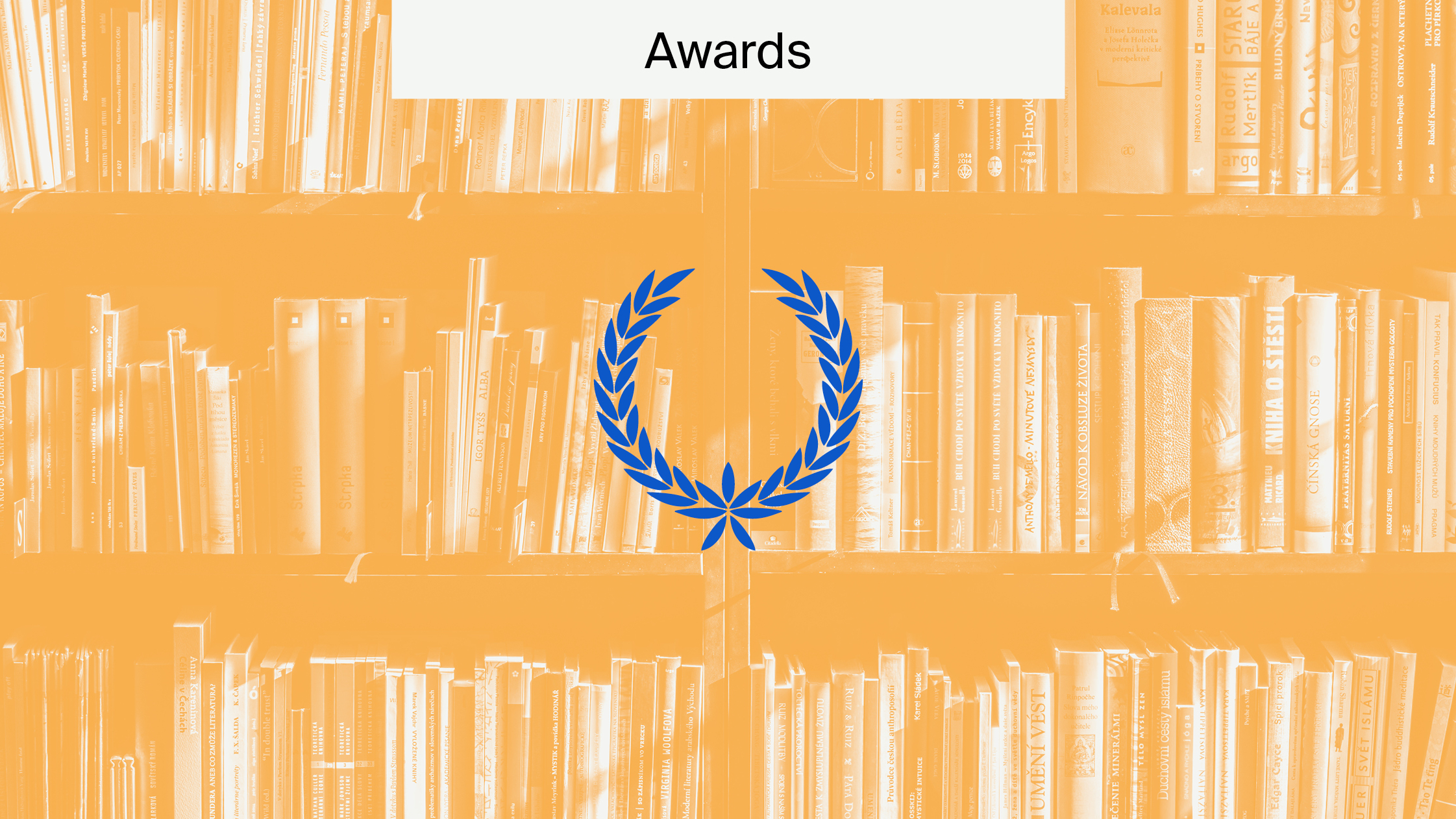
Why Does Open Access Cost Money?
One of the most appealing things about Open Access is that it is free. Academics, researchers, news agencies, and even the wider public can freely access and read any article that has been published in Open Access. But that doesn’t really mean that publishing in Open Access is free – only that reading the articles is free.
So why does Open Access cost money, and why is that burden shifted to the author?
Who pays for Open Access?
The answer to the question of “who pays for Open Access?” is related to the dissemination model. Traditionally, the costs involved in the publishing of articles was entirely based on the reader. Readers would have to pay for access to the content through a number of different (albeit similar) payment structures. Institutions, departments, or individuals would have subscriptions, or would need to pay site licenses for access to articles.
In addition to this, if a researcher didn’t have these options available to them, but needed access to a specific article, they might need to pay for viewing a single article (commonly referred to as a pay-per-view charge).
Why does the author have to pay?
This question is common (though this primarily relates to Gold Open Access), but there is quite a bit of nuance in the situation as a whole. “Authors”, typically, do not actually pay for publication out of pocket. While this does happen, most of the time institutions and research funding covers these costs.
There are a number of different options available to authors, from waivers, to grants, to subsidies and sponsorships, that can help authors cover these costs. In addition, the costs involved in publication range quite significantly, and some journals (in particular, newer ones) might not charge at all. These initiatives are designed to attract papers for the fledgling journal, and in return authors don’t have to worry about payment.
Why aren’t all journals free then?
Well, keep in mind that because Open Access costs do exist, they need to be covered. When a journal is publishing its content at no cost to the authors, that doesn’t mean that it’s truly “free”. It costs the company money.
Examples of these costs include things like paying for offices, paying employee salaries, production and indexing, covering the associated IT costs (from servers to IT staff), and more. While the idea that Open Access has some noble aims (the rapid dissemination of important research for free is immensely valuable to many people), it is still a business model. This model differs from traditional models (for example the aforementioned subscription-type service), and so every author needs to take into account these factors when they’re considering publication. For some, the added cost is not particularly important because they have sufficient funding to cover it, but in other cases, authors might have limited funds.
Authors should always consider looking into whether or not a journal has some degree of financial assistance or voucher that can help.
Different Open Access models
Open Access (from here on we’ll also be using OA to mean Open Access) isn’t really just one thing. There are various different kinds of models that exist, and not all journals use the same ones. To learn more, we encourage further reading about the history of Open Access.
The currently used models are:
- Gold OA
- Green OA
- Hybrid OA
- Diamond or Platinum OA
- Bronze OA
- Black OA
- Gratis and libre
What is Gold Open Access?
In the Gold OA model, content is made available immediately after publication and is free to the reader. Generally, the costs are covered by authors in the form of article processing charges (APCs). As noted before, in many cases, it’s actually institutions that cover these costs. This is considered a fairly common form of OA publishing.
What is Green Open Access?
Green OA is when authors independently archive their work outside the confines of a publisher. This content (not always the final version) is often posted on a website controlled by the author or their institution. With Green OA, fees aren’t paid by the authors. Instead, these are typically covered by library subscriptions. The costs involved here could also be covered, as an example, by the entity that is covering all associated costs related to the research (for example, the university that hosts the research on its website might have also funded the work).
What is Hybrid Open Access?
The Hybrid OA model is when a journal incorporates both traditional publishing methods (see those explained above) as well as Open Access. How these journals are available under OA, or as a subscription model, is determined on a case-by-case basis.
What is Diamond/Platinum Open Access?
Generally speaking, these journals are free to access and free to publish in, but use other methods to cover costs. They might sell advertisement space, rely on grants, or need philanthropists to support them (among many other options).
What is Bronze Open Access?
Free to read, but lacking an appropriate license, the Bronze OA model unfortunately can be a bit confusing for many people. In particular, reuse issues are not clear.
What is Black Open Access?
Simply put, Black OA is the practice of sharing content that is typically behind a pay wall. Because of the proliferation of Open Access in general, this particular practice is starting to disappear.
Gratis and Libre
These terms were originally used in the Budapest Open Access Initiative to differentiate content that was free to read as opposed to free to reuse. To learn more about the Budapest Open Access Initiative, we encourage reading an article we recently published.
What does an Article Processing Charge breakdown look like?
This information can be, at times, challenging to obtain, but in the name of transparency, MDPI has made this information available. To see the breakdown for both a 2000 CHF and a 1000 CHF journal looks like, we encourage you to explore how the company uses the funds earned.



